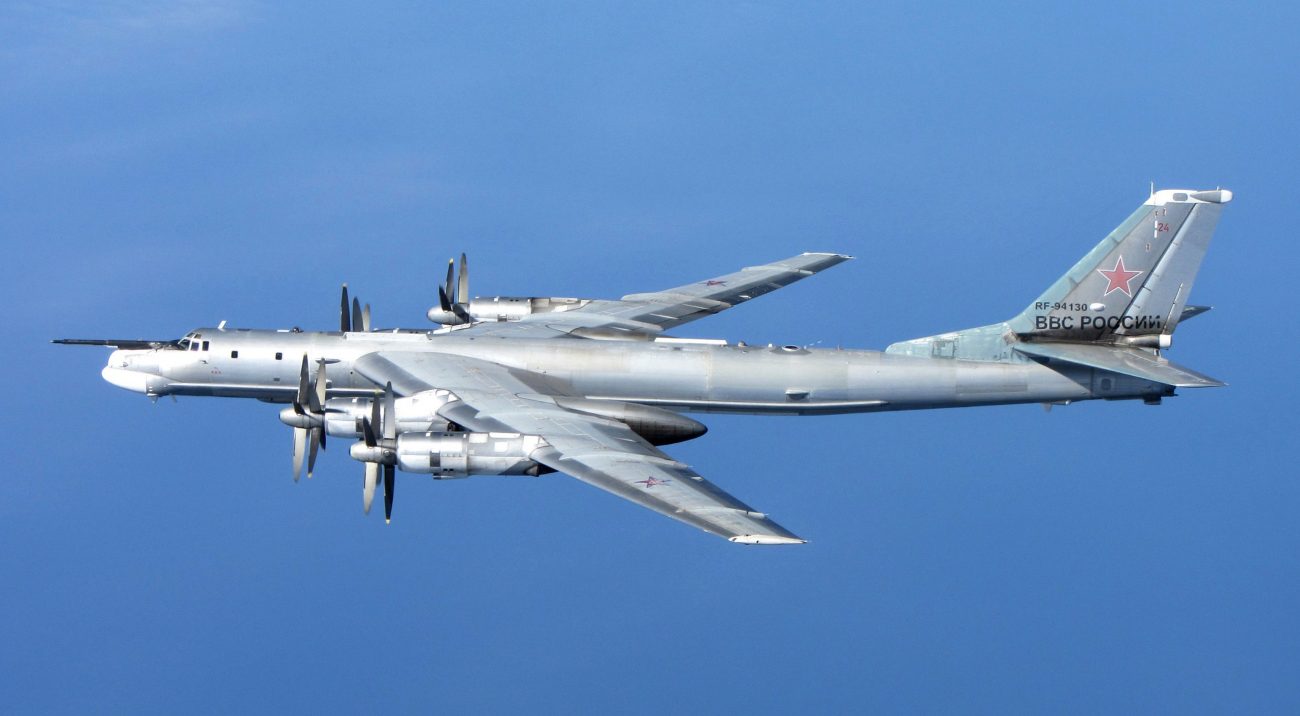As the Russia-Ukraine war rages on, it is imperative to hark back 65 years ago to the height of the Cold War, when a First World nation, but not a defense aerospace major, embarked on a fighter aircraft project that would have permanently left its mark on military aviation.
This was Canada’s ambitious and revolutionary Avro Arrow, a large delta-wing fighter developed as a high-speed interceptor to take out fast-flying Russian bombers.
But the advent of new Surface to Air Missile (SAM) systems, Intercontinental Ballistic Missiles (ICBM), and the space race are said to have rendered it obsolete in the late-prototype stage.
Revolutionary in many ways owing to its design, the project is still remembered as a tragic saga in Canadian defense aerospace and military aviation history. The Avro Canada CF-105 Arrow was set to become the first all-Canadian aircraft and the best fighter-interceptor in the world.
The Royal Canadian Air Force wanted it to become their primary interceptor, and what is noteworthy is that it directly went into production. This means it skipped the prototype stage and design changes and upgrades were taking place during the plane’s service itself.
It was in response to RCAF’s request for a two-crew supersonic jet engine fighter-interceptor in 1953, to possibly take out Soviet high-altitude strategic bombers like the turboprop Tupolev Tu-195, the twin-engine jet Tu-16 and strike aircraft like the Su-15. These were expected to take from Russia, fly across the north pole over Canada and launch missiles at the United States.

The specifications included a range of 556 kms for low-speed missions; 370 kms for high-speed interceptions; cruising speed of Mach 1.5; a service ceiling of 50,000 feet, to be reached within five minutes after take-off; maneuverable enough to pull 2G turns with no loss of speed or altitude, and finally; a turn-around time of less than 10 minutes.
The RCAF had thoroughly analyzed American, British and French aircraft and no existing jets were found to meet the requirements. Neither were there plans to build such a model, effectively making the Canadians the first.
Built For The Kill
The construction of the high-wing configuration delta wing began in 1956. An innovative feature was an internal bomb bay, that could carry almost standard drop bombs and ordnance of the time.
The plane was finally made its first appearance on October 4, 1957. But the Soviet Union kicked off the space race and the missile age the same day by launching the Sputnik 1, overshadowing the Arrow.
The Arrow which was until also being opposed by successive governments over its prohibitive costs still completed its taxiing trials and flew for the first time in March 1958.
The first Arrow, RL-201, subsequently reached its intended service ceiling of 50,000 feet almost touching Mach 2, putting the Canadians at the leading edge of technology with the most advanced fighter of its time and class.
Further testing led to the development of four more models. But the increasing costs of at least $1 million per aircraft, followed by the introduction of Soviet Intercontinental Ballistic Missiles (ICBM) were rendering the Arrow’s concept obsolete.
On February 20, 1959, the project was officially canceled by the government, a day remembered as “black Friday” in Canadian aviation history. It also left 15,000 Avro employees and 14,000 other persons in the supply chain without a job. By this time when 37 of the aircraft were already built.
The advent of well-coordinated SAM systems were also proving as less expensive and equally effective counters to the high-speed strategic Russian bombers. This also sparked conspiracy theories of the United States using its nefarious influence to scrap the project and prevent it from competing with less advanced American fighters. A few actions in the aftermath of the Arrow’s cancellation only strengthened this suspicion.
This included the scrapping of all prototypes and industrial tooling developed specifically for the project. Orenda Engines, whose specially developed Iroquois turbojet pushed the fighter above Mach 2 was nearly shuttered. It went on to induct the US-made F-104 Starfighter and the CF-101 Voodoo, the latter that was inferior in performance to the Arrow.
This made the Arrow project one of the most controversial in military aviation history.
However, there have long been claims about an Arrow being saved and preserved at a secret location. Canadian writer June Callwood who lived near the Avro Canada plant claimed to have seen a jet take off the same day, with rumors still rife of the plane having been smuggled to England.
Avro senior draughtsman Ken Barnes is also said to have defied the 1959 order, snuck out the blueprints and hid them in his basement when they resurfaced in 2020.
Moreover, only 10 years later in 1968, the head of the Avro program Air Marshal Wilfred Curtis even refused to answer in an interview if the Arrow was smuggled away, implying it indeed had been.
He however did not live to reveal more and passed away in 1977. Again in 2008, Martin-Baker ejection seats designed specifically for the Arrow appeared for sale on e-Bay, indicating there indeed was a surviving Arrow somewhere.
- Parth Satam is a Mumbai-based journalist who has been covering India’s defense sector for more than a decade. He maintains a keen interest in defense, aerospace and foreign affairs and can be reached at satamp@gmail.com
- Follow EurAsian Times on Google News